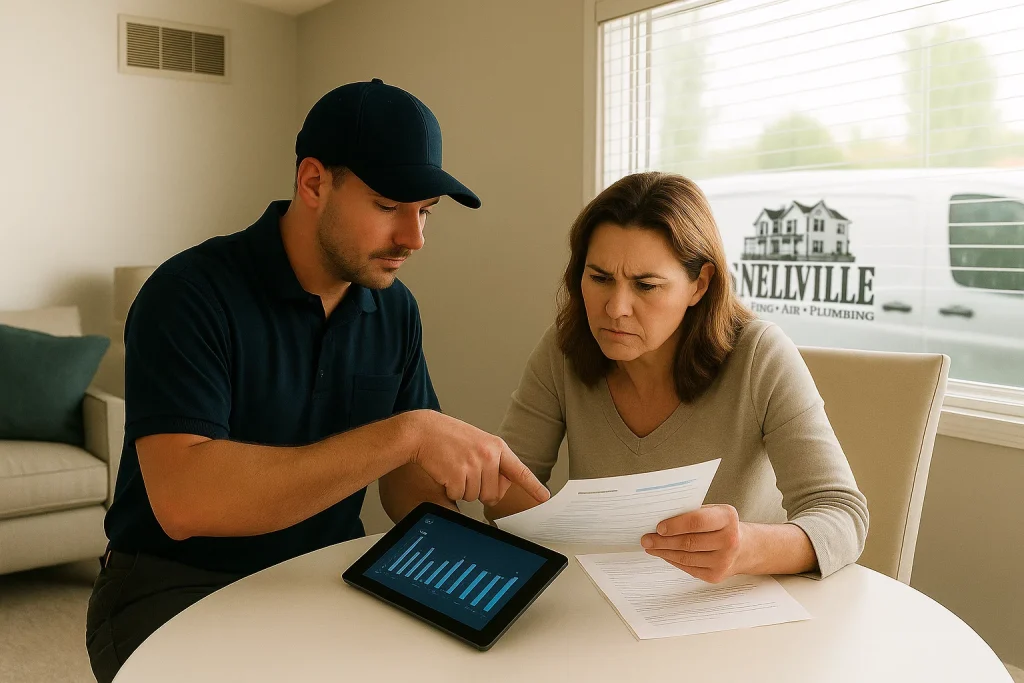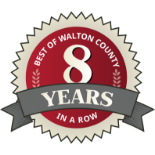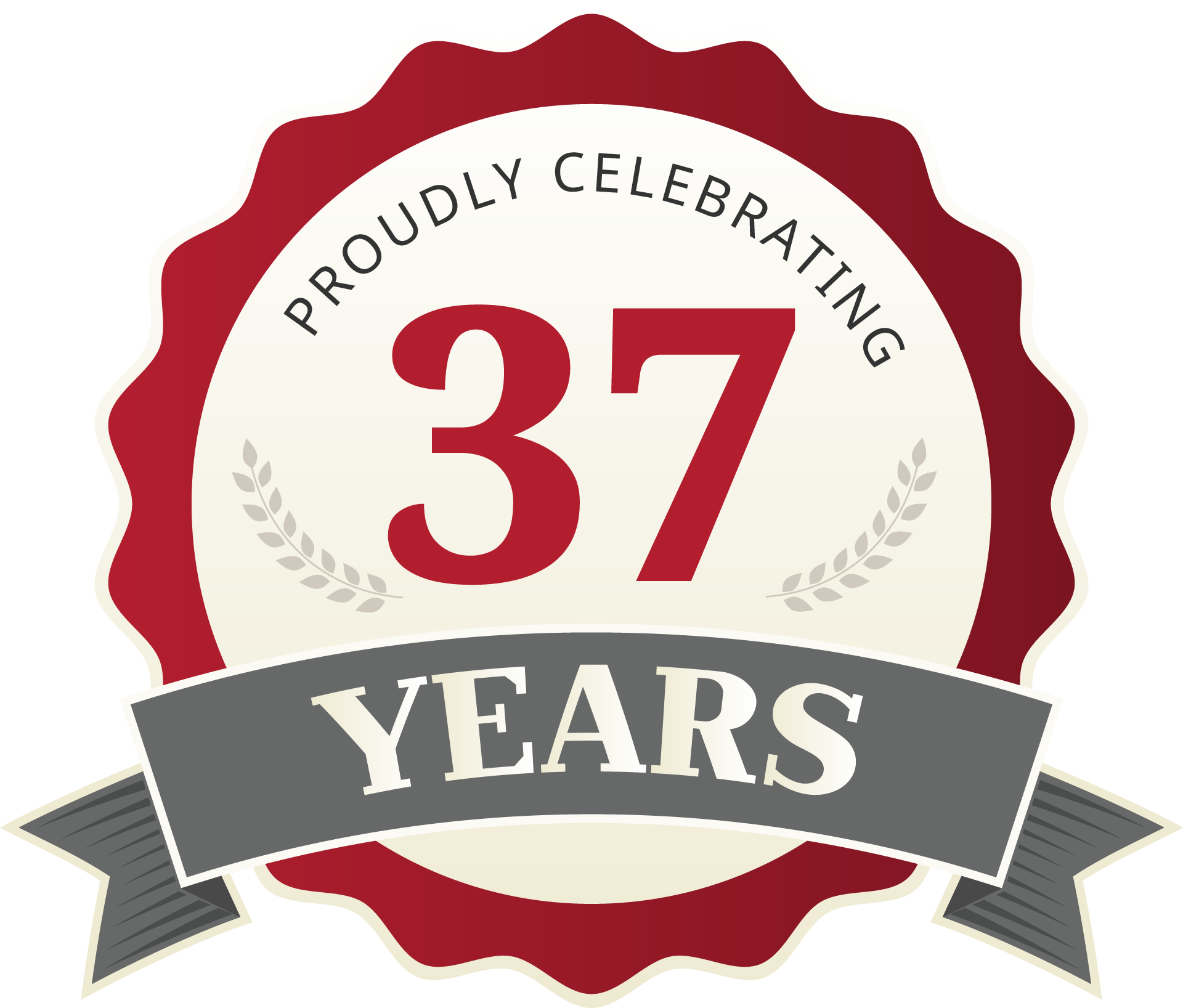As energy prices continue to rise across the country, homeowners are feeling the heat—both outside and on their utility bills. If your air conditioner seems to be running constantly without keeping your home comfortably cool, it could be working harder than it should. Understanding what’s behind your AC’s energy consumption can help you take steps to improve efficiency and lower your summer cooling costs.

1. Thermostat Settings: Find the Energy-Saving Sweet Spot
One of the most overlooked contributors to high energy bills is how you set your thermostat. Setting your AC too low forces it to run longer and harder, especially during peak heat hours. The U.S. Department of Energy recommends setting your thermostat to 78°F when you’re home and awake, and raising it when you’re away.
If that sounds uncomfortable, ceiling fans can help you feel several degrees cooler without adjusting the AC. A programmable or smart thermostat can make a huge difference by automatically adjusting temperatures when you’re asleep or out of the house. You’ll avoid overcooling while still coming home to comfort.
2. Is Your AC Overcycling?
If your AC keeps turning on and off rapidly (a problem known as short cycling), it’s likely not running efficiently. Overcycling puts unnecessary strain on the system, increases wear and tear, and consumes more energy than a properly functioning unit. Causes can range from incorrect sizing to low refrigerant levels or dirty filters—all issues that should be addressed by a professional technician.
3. Insulation and Air Leaks: Keep the Cool Air In
The quality of your home’s insulation plays a significant role in how hard your AC has to work. Poor insulation in attics, crawlspaces, or walls allows cooled air to escape, meaning your AC has to keep replacing what you’ve already paid to cool.
Similarly, air leaks around windows, doors, and ductwork can cause cool air to seep out and hot air to sneak in. Use weather stripping and caulk to seal leaks, and consider an energy audit to find the biggest problem areas in your home.
4. Your AC’s SEER2 Rating: Efficiency Matters
Not all air conditioners are created equal. Newer systems come with higher SEER2 (Seasonal Energy Efficiency Ratio) ratings, which means they can deliver the same cooling power while using less energy. If your unit is more than 10 to 15 years old, upgrading to a higher-SEER2 model can lead to long-term savings—even if the upfront cost seems high.
5. Dirty Air Filters: A Small Fix with Big Benefits
Clogged or dirty air filters restrict airflow, making your AC work harder to push cool air through the system. This not only wastes energy but can also cause system overheating and long-term damage. Make it a habit to check and replace your filter every 1–3 months, especially during peak summer use.
6. The Importance of Regular AC Maintenance
Annual AC tune-ups are one of the most cost-effective ways to keep your system running efficiently. A professional technician can clean coils, check refrigerant levels, inspect moving parts, and identify small issues before they turn into costly breakdowns.
Contact Snellville Heating, Air and Plumbing, where your comfort is OUR business. We’ll set you up right for 2025 with a new and improved heat pump system.



